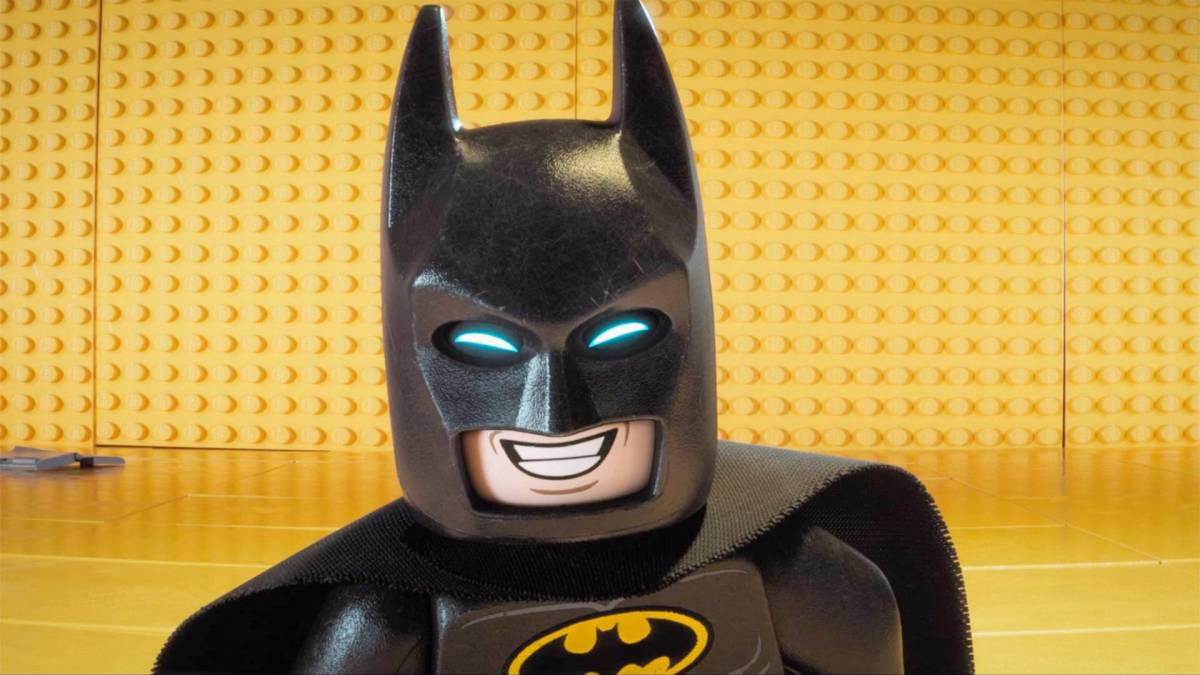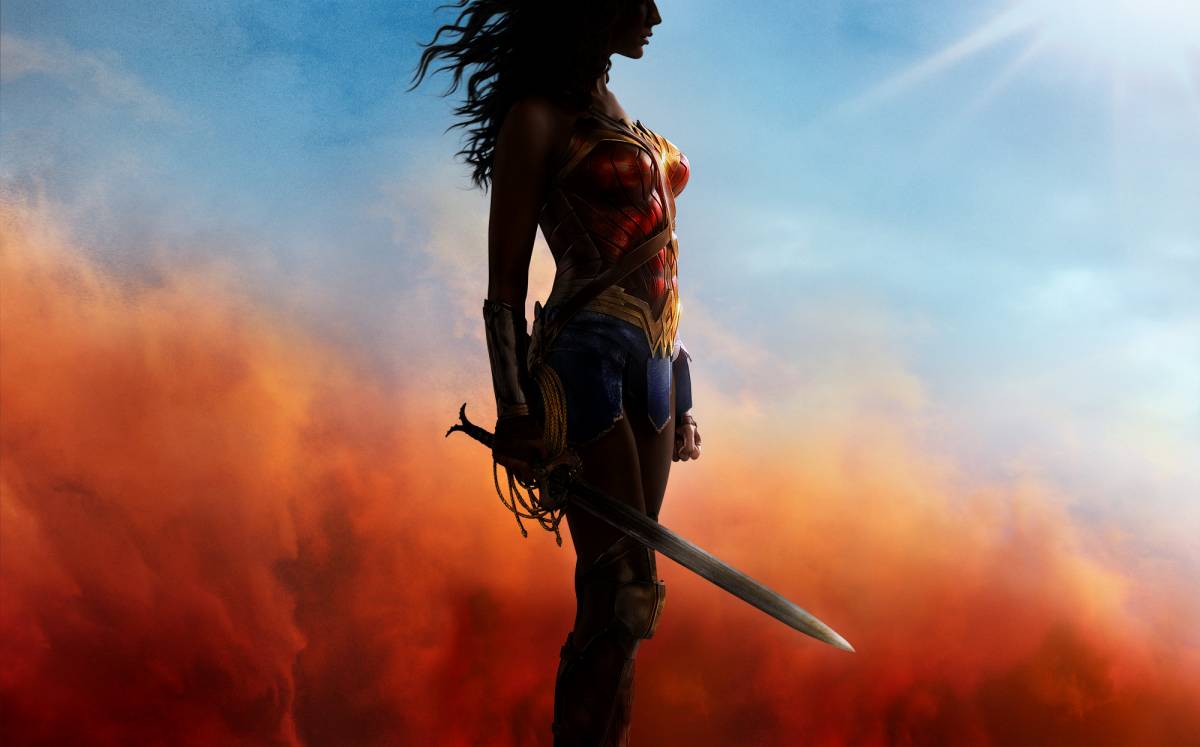
For years, fans and filmmakers alike have been lamenting the eventual decline of the superhero trend. Even living legend Steven Spielberg noted in a 2015 interview that a time will come when the superhero genre “goes the way of the Western”. Granted, Spielberg was not condemning the genre, rather noting that film is like fashion and trends come and go.
That is a fair prediction and one that will eventually come true. Since 2008, there have been nearly 60 superhero films released in North America, with 16 of those belonging to the Marvel Cinematic Universe, 7 for the X-Men Universe and 4 to the DCEU. There have been think-pieces for years now lamenting the over-saturated market of superhero films and awaiting the fall of the genre. However, that time does not appear to be anywhere in the near future as 2017 has given us the most consistently impressive lineup of superhero films yet.

The first superhero film of the year was part of a larger cinematic universe, albeit less known than the MCU and DCEU; the Lego Universe. Chris McKay’s The Lego Batman Movie is the most absurd and joyous superhero movie of the 2017 slate. Whereas previous attempts to examine Batman were dark and brooding, McKay used subjects of family and teamwork to explore the isolation of Bruce Wayne (Will Arnett) as a man who is emotionally shut off from everyone in his life, even his greatest enemy, The Joker (Zach Galifianakis).
That may also sound dark and brooding, but the film churns out joke after joke and even though not every moment works, the filmmakers clearly have a deep appreciation for the long and storied mythology of Batman. There are references spanning from Adam West’s corny 60s Batman to the grizzled Affleck Batman of 2016. All told, Lego Batman may not be the best superhero film released this year but is the most consistently hilarious, heartwarming and self-reflexive one and another bright ray of sunshine in the Lego universe.
If Lego Batman was the ray of sunshine to the superhero genre, then Logan was the dark storm cloud that blocked out the sun and happiness as we know it. From start to finish, James Mangold’s twist on the western is a bleak and bloody approach to the superhero genre that tries to demystify the idea of what it means to have superpowers.
The film is set in a post-mutant world where the majority have been wiped out of existence and the few left are in hiding. Near the beginning of the film, Logan (a career best Hugh Jackman) tells a liver spotted and dementia ridden Professor X (Patrick Stewart) that “the Statue of Liberty was a long time ago”, which heralds the end of the inherent optimism of Bryan Singer’s original X-Men film and lets viewers know they are witnessing a Wolverine unlike any other they have seen before. Gone is the hopefulness of X-Men films past as Charles is near death and Logan considering suicide by way of an adamantium bullet.

To simply be dark and gritty is not enough to make a movie great (see: Josh Trank’s Fantastic Four) but director James Mangold uses the film as a vehicle to deconstruct the notion of what it means to be a hero and the bloody consequences of a man swinging at bad guys with deadly metal claws.
Mangold makes the audience aware of the real consequences throughout the film as Charles, Logan and their albino friend Caliban (Stephen Merchant) all die in the hope that they are a part of something bigger than themselves. Where the film finds its spot of hope is in Laura (Dafne Keen), also known as X-23, and her band of escaped lab experiments hoping to escape to Canada to be safe from the government hunting them down. Furthermore, Mangold uses religion and the notion of higher purpose to drive the conflict of the film and leaves one of the most memorable moments of the film when Laura turns the cross on Logan’s grave on its side to resemble an X. Surely, this film will be a classic in the superhero genre and it deserves all the praise.
Whereas Logan was one of the most unique movies of 2017, the next superhero release, Guardians of the Galaxy Vol. 2, is one of the weirdest blockbusters of the year. That title is fitting when considering the film follows a ragtag team of self-proclaimed a-holes that includes a genetically engineered raccoon and a baby talking tree who can only say his name.
Much like Logan, Gunn’s film takes a huge narrative risk at the end of the film by killing off a major character. However, Gunn’s decision is even more surprising than the death of Professor X and the Wolverine because Guardians is part of the MCU. Before killing Yandu, the closest Marvel had come to killing a major character was Agent Coulson, which was eventually reversed to start a spinoff TV show. To kill off a major character is an impressive move in the world of franchise building but to do so in a way that affects the narrative in a meaningful way is a truly impressive feat. Gunn made a bold move to end the film on a sad and heartwarming note, especially considering the film does almost nothing to set up events for Avengers: Infinity War. With Guardians Vol. 2, Gunn only increased anticipation for Vol. 3 in 2020.

Perhaps the most important superhero film – and film in general- of the year, Patty Jenkins’ Wonder Woman presented audiences with the first female fronted superhero film of the post-MCU superhero wave. Coming off the one-two sucker punch of the extremely flawed Batman v Superman and the atrocious Suicide Squad, DC needed a film that could continue to build the DCEU and try to reach a larger demographic. Enter Jenkins’ film which is a rousing WWI based epic that managed to handle the burden of continuing the DCEU with ease while dissecting the core of what makes us human, good and bad. Diana Prince (Gal Gadot) is the optimistic hero that caught on with audiences, propelling it to nearly $800 million worldwide. The film has its issues, namely that it is a bit too long and relies too heavily on CGI in the third act, but those are the same issues that plague nearly every major superhero film.
Where the film stands apart from the other superhero releases of the year is in the inherent optimism of its titular character. The film is essentially a spiritual sequel to Richard Donner’s original Superman, with the main difference being that Diana is aware and quite confident of her powers and trying to balance them with her humanity.
All of the other superhero releases of the year focused on who had lost faith in humanity and were either callous, arrogant or both in the case of Star-Lord. In sharp contrast, Diana’s sole purpose in the film is to protect humankind from Ares, the God of War, because she believes he has manipulated men into starting the war to end all wars. The entire film is centered around Diana’s journey to realize that love is the most powerful weapon against hatred. In the hands of a lesser filmmaker, that message could come off as cheesy but Gadot is so convincingly heartwarming and empathetic in her portrayal as Wonder Woman that the film feels honest and thoughtful. In addition, Diana’s banter with Steve Trevor (Chris Pine) is wonderful and gives Diana reason to be weary of humanity and understand that to be human is to be flawed. One can only hope that this film leads studios to increase their output of female driven films and push progress forward in Hollywood.

Since 2001, there have been as many different Spider-Men as Presidents of the United States. One would think after the critical and commercial flop of The Amazing Spider-Man 2: Electro Bugaloo, that audiences would have needed some time to recover. Yet, here we are three years later, with one of the best film adaptations of Spider-Man and a solid addition to the MCU. For starters, Homecoming is the first to surround Peter Parker (Tom Holland) with a truly diverse supporting cast (although it wouldn’t have hurt to change Peter to Miles Morales). On top of that, we got one of the most grounded and fleshed-out villains of the MCU with Michael Keaton’s Vulture, a working-class man who would do anything to provide for his family. Keaton’s performance also provides us with one of the most chilling car ride scenes in recent memory.
There are moments where the film gets bogged down in being a part of the MCU, but the ability to play in the Marvel sandbox allows the film to put a fresh spin on the Uncle Ben plotline as Tony Stark (Robert Downey Jr.) fills in as the fatherly figure who wants Peter to be better than he ever was. The film is a coming-of-age story that just happens to be about a kid bitten by a radioactive spider. It also helps that Tom Holland makes for a charismatic Peter Parker, injecting the right level of snark into Spider-Man’s crime-fighting life. And the reveal at the end of the film is by far the best ending to a Spider-Man film yet.

All of these films have their flaws, but unlike any year before it, 2017 presented multiple interesting, complex and sometimes hilarious reinventions of the superhero genre.
Looking at the rest of 2017, the slate begins to slow down with only two major superhero releases left: Marvel’s Thor: Ragnarok and DC’s Justice League. Taika Waititi’s reinvention of Thor looks to continue the trend of diversifying the MCU with the first major female villains, Hela (Cate Blanchett) and Valkyrie (Tessa Thompson). The only wildcard of the year is Zack Snyder’s Justice League, which based on the trailers does seem to have improved upon the unrelenting darkness and incoherence of Batman V. Superman, by going for a more lighthearted, albeit Snyder-ish film. Regardless of critical reception, Snyder’s film is sure to inspire plenty of healthy debate for years to come and that alone is an important addition to the superhero slate.
Let it be known, 2017 was the year that the keepers of the house showed they had no interest in giving up their crown.
Some of the coverage you find on Cultured Vultures contains affiliate links, which provide us with small commissions based on purchases made from visiting our site.

